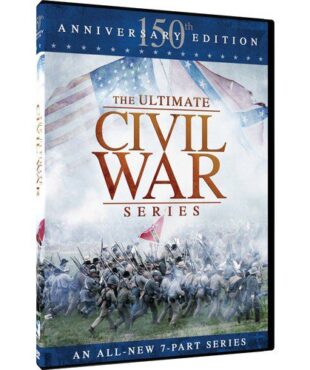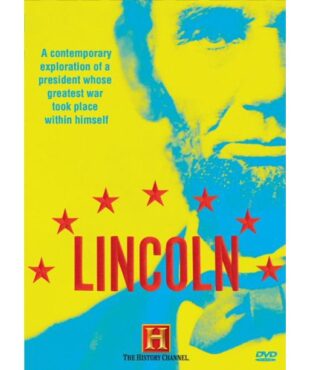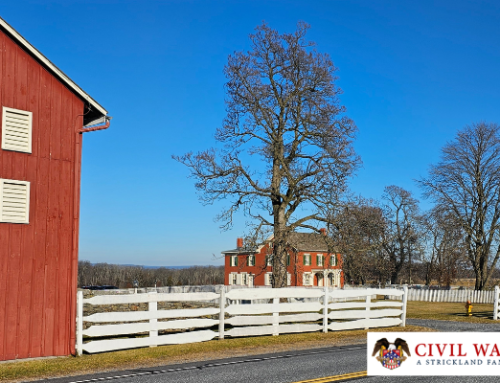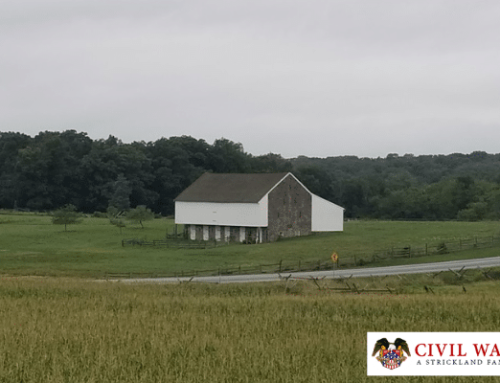Remembering the Epic: 30th Anniversary of “Gettysburg”
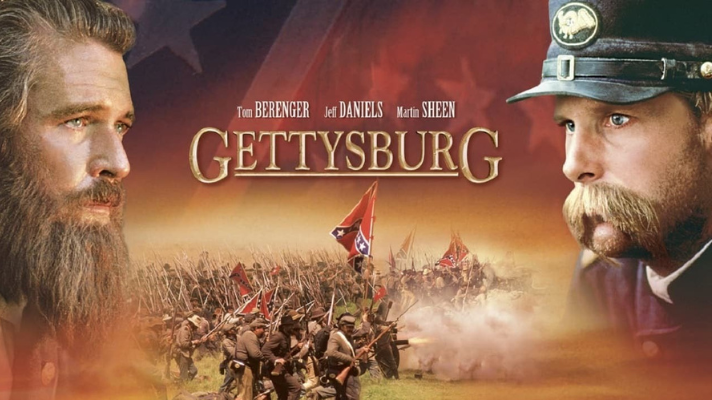
Remembering the Epic: 30th Anniversary of “Gettysburg”
Three decades ago, in the summer of 1993, a cinematic masterpiece hit the silver screen, forever etching its place in the annals of American cinema history. “Gettysburg,” directed by Ronald F. Maxwell, was a monumental tribute to the Battle of Gettysburg and a testament to the dedication of those involved in its creation. As we commemorate the 30th anniversary of this epic film, it’s an opportune moment to revisit its production and legacy.
The Filming of “Gettysburg”
The filming of “Gettysburg” was an ambitious undertaking, mirroring the scale and scope of the actual Civil War battle it sought to depict. Spanning four hours in length, the film was based on Michael Shaara’s Pulitzer Prize-winning novel “The Killer Angels” and brought to life the pivotal events of July 1-3, 1863.
One of the most remarkable aspects of the film’s production was the commitment to historical accuracy. The filmmakers painstakingly recreated the battlefield using the same location where the battle had occurred – the Gettysburg National Military Park in Pennsylvania and surrounding areas. This choice lent authenticity and gravity to the movie, allowing viewers to feel as if they had been transported back in time to witness the clash of Union and Confederate forces.
The cast of “Gettysburg” included a constellation of talented actors who fully embraced their roles. Martin Sheen portrayed General Robert E. Lee with a gravitas that captured the essence of the Confederate commander. Jeff Daniels gave a memorable performance as Colonel Joshua Lawrence Chamberlain, and Stephen Lang embodied the fiery spirit of General George Pickett. These performances, among others, were instrumental in bringing the historical figures to life.
While the film’s budget was relatively modest compared to other epic productions, the cast and crew’s dedication was immeasurable. Many of the actors went to great lengths to accurately portray their characters, studying historical records and personal letters to capture the essence of the soldiers they were portraying.
Challenges Abound
The production of “Gettysburg” was not without its challenges. Filming on location, during the hot and humid summer months, presented difficulties for the cast and crew. Authenticity came at a price, but it was a price they were willing to pay to honor the memory of those who fought on those hallowed grounds.
Moreover, the length of the film presented a unique challenge for both filmmakers and viewers. At four hours, “Gettysburg” demanded an investment of time and attention, but it rewarded viewers with a deep and immersive experience that few other films could provide.
Legacy and Impact
Upon its release in 1993, “Gettysburg” received critical acclaim for its historical accuracy and powerful storytelling. It was a rare example of a historical war film that managed to balance action-packed battle sequences with nuanced character development. The film resonated with history enthusiasts and a broader audience, leaving an indelible mark on American cinema.
“Gettysburg” also played a role in rekindling interest in the Civil War among the general public. It spurred a renewed fascination with the events of that era, leading to increased tourism to the Gettysburg battlefield and a resurgence of interest in Civil War history.
As we commemorate the 30th anniversary of “Gettysburg,” we celebrate not only a cinematic masterpiece but also a tribute to the indomitable spirit of those who fought in one of the most pivotal battles in American history. The film’s dedication to historical accuracy, the commitment of its cast and crew, and its enduring impact on both cinema and Civil War history make it a timeless classic. “Gettysburg” stands as a testament to the enduring power of storytelling and the ability of film to transport us to another time, immersing us in the trials and triumphs of those who came before us.


